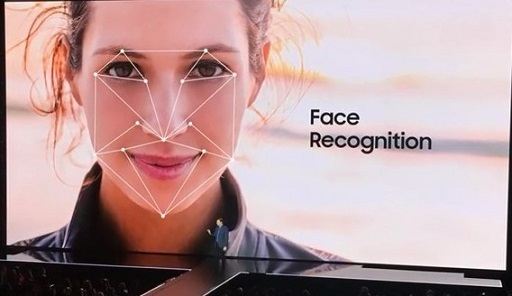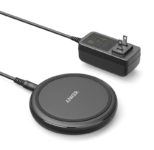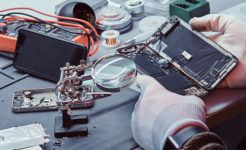
Galaxy S8 Facial recognition can be bypassed With a Photo DEMO [Video]
Video uploaded by iDeviceHelp on March 29, 2017.
Living the Sci-Fi. Biometrical Scanners
Each human being possesses a set of unique features: DNA, finger prints, iris and facial features. And while DNA scanners are still to arrive, the other ‘prints’ are already in use by electronic giants. Apple pioneered the finger print scanner in a mobile, and within a year, the other brands followed. Then Microsoft rolled out Windows Hello verification system, which involves facial recognition. Samsung S8 and S8+ is promised to sport all these features combined: a fingerprint reader and the iris and facial scanner.
It became possible due to the most powerful mobile processor of today – Qualcomm Snapdragon 835. It can store and process the gigabytes of visual information within seconds. So, you give your phone a look, you know, that kind of look, and it springs to life. But the inquisitive tech bloggers have discovered that the Korean smartphone can be cheated by the photo. The CPU can’t tell a living face from the pictured one. So, it might be a good idea to cross out this kind of verification.
The thing is, that there are two kinds of facial recognition: the traditional and the 3D one. The traditional facial recognition works with images – photos or video captures.
The software analyzes the face landmarks, like shape of the nose or cheekbones or how wide the eyes are set. Some old programs store the control image to compare it to the gallery of images in the future, others store just the facial ‘landscape’ data and apply it to any image.
The 3D facial recognition takes into account also the angle of the face, the lighting conditions and even the expression. But this system requires large sensors and cams; much too large to fit the cell phone casing. That’s why the modern smartphone, even the state-of-the-art ones, fail to tell a living face from a hi-res photo.
Iris recognition also works with images. But here, the eye’s iris is the subject and not the face. The iris is the blue, green or brown colored ring around the pupil. When we ask, “What color are your eyes?”, we mean irises. It was discovered that the iris has a unique pattern, similar to that of a finger pad. This pattern can be seen when lighted with the infrared light. So, the gadget sporting the iris recognition like the Samsung S8, will probably also feature the infrared cam. The system takes the image of the iris and stores it for further comparison. Those of us who wear glasses will have to take them off for verification. The thick contact lenses can hinder the verification. And if you have undergone some laser correction, you have to re-register your irises, since your cornea will be changed.
The iris recognition is much more reliable than the facial one, because no photo can display the iris pattern. The probability of two people possessing identical patterns equates to 1 in 10 to the 78th power. Yet in a street or in some public place, this kind of verification may seem awkward and somewhat embarrassing as you have to hold your device 25-35 centimeters from your face as if you’re making selfie. And sometimes it’s not wise to attract others’ attention to the fact that you’re using your phone.
In terms of security and discreteness, fingerprint readers still rule. The most up-to-date versions of them cannot be fooled with silicone dummies as they take into account also the body temperature. Besides, fingerprint authentication is backed up by additional security measures: phones ask for passwords after the reboot or when the fingerprint test fails. For example, after three fails in a row, Apple blocks the access to the iPhone completely.
The question still remains, how long will it take for biometrical scanners to expand to other fields of life? Apartment locks or gun grips can go biometrical, too. Well, I’m not so sure about the guns, but the biometrical locks can become parts of the smart home, right now. They must be energy independent, of course, in case the burglars will smartly cut off the power. And what about signatures? Instead of signing the document, you just leave your fingerprint. Sounds a bit medieval, doesn’t it?
Links
Looking where to sell your old electronics? Sell them now on iGotOffer.com Do it today, if you want to earn money for your new gadget: Sell my used gadget online now!






Facebook
Twitter
RSS